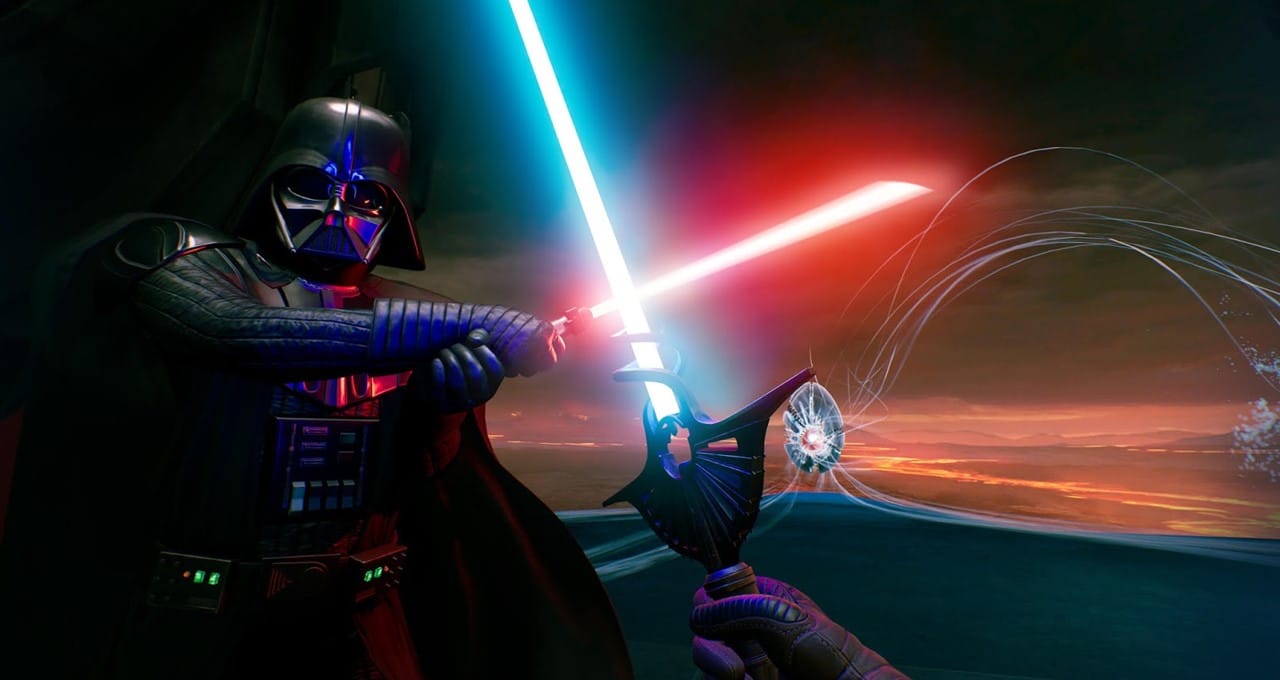The future technologies of film and television are here — and it’s all powered by NVIDIA Quadro GPUs.
For the first time in Academy Awards history, technologies such as AI, VR and game engines showed up prominently in the Best Visual Effects category. These advanced tools and techniques are becoming common in modern production pipelines, and you can learn about it all for free through GTC Digital, beginning March 25.
During this online event, dive in with live webinars, training and Connect with the Experts sessions, as well as a library of talks, research panels and demos from Oscar winners and industry luminaries that you can view on demand. Find out how AI, real-time technologies and ray tracing are being used in real-world productions today, and how they will reinvent what’s possible in the future.
Join us to learn about incredible projects in featured sessions, including:
Get inspired by Vicki Dobbs Beck, executive in charge of Lucasfilm’s ILMxLAB, as she shares insights that highlight her 25-plus years of experience in the entertainment industry. In this non-technical talk, learn about the business of XR and how ILMxLAB is using virtual and augmented reality to create connected experiences that transform places and spaces.
Doug Roble, senior director of software R&D at Digital Domain, will discuss how they’ve been increasing the visual fidelity of the rendering for their digital humans. See how Digital Domain has been working on an autonomous character that can drive itself, and learn about the two DigiDougs that were driven for “Real-Time Live!” at SIGGRAPH.
Go behind the scenes of virtual production with Oscar winner Ben Grossmann, CEO of Magnopus, and Rob Legato, three-time Oscar-winning visual effects supervisor for The Lion King. Grossman and Legato share their insights behind employing VR and real-time game engines for filmmaking, and how to merge classic techniques with fully computer-generated productions.
Join David Morin from Epic Games as he shares how “in-camera visual effects” is changing the film and TV industry, including the groundbreaking work that was done for The Mandalorian. With the latest developments in real-time game engines, combined with hardware developments in GPUs and on-set video equipment, filmmakers can now capture final-pixel visual effects while still on set — enabling new levels of creative collaboration and efficiency during principal photography.
This annual panel brings together several of the world’s leading GPU ray-tracing technologists from companies like Autodesk, OTOY, Pixar, Redshift and more as they discuss how GPU ray tracing will transform the creative process in design, animation, games and visual effects.
Learn about Autodesk Arnold, the Academy Award-winning production renderer for visual effects. Autodesk Lead Engineer Adrien Herubel will cover how Arnold was instrumental in the shift toward physically based light transport simulations in production rendering. Explore how Arnold users can efficiently produce artifact-free images of dynamic scenes with massive complexity. And get an exclusive peek at the latest developments to Arnold GPU, accelerated by NVIDIA OptiX.
Learn about the latest improvements in V-Ray GPU, including out-of-core rendering and RTX support through OptiX 7. Alexander Soklev, V-Ray GPU team lead for Chaos Software Ltd. also shares the most current updates on real-time ray tracing with DXR and Project Lavina — an upcoming Chaos Group product for real-time exploring and manipulating of V-Ray scenes within a 100 percent ray-traced environment.
Learn about the latest developments of RenderMan XPU, Pixar’s next-generation photorealistic production rendering technology designed to deliver the animation and film visual effects of tomorrow. Max Liani, senior lead engineer for RenderMan, will share updates on new techniques leveraging heterogeneous compute across CPUs and GPUs, and how the RenderMan team adopted the unique features offered by NVIDIA RTX.
Learn about the latest features of Redshift, an NVIDIA GPU-accelerated renderer that is redefining the industry’s perception of GPU final-frame rendering. Robert Slater, co-founder and fellow of Redshift Rendering Technologies, shares his insights on GPU-accelerated, production-quality rendering.
The NVIDIA MDL software development kit provides a rich toolset to integrate MDL in a wide range of renderers, from physically based ray tracing to real-time applications. In this tutorial-like session from Sandra Pappenguth, senior software engineer at NVIDIA, learn how MDL materials and texturing functions can be compiled for OptiX/CUDA, DirectX, x86 and OpenGL target platforms. Developers will learn about the available APIs and example code.
Register today to attend GTC Digital and see the entire Media & Entertainment lineup.
Featured image courtesy of ILMxLAB.
